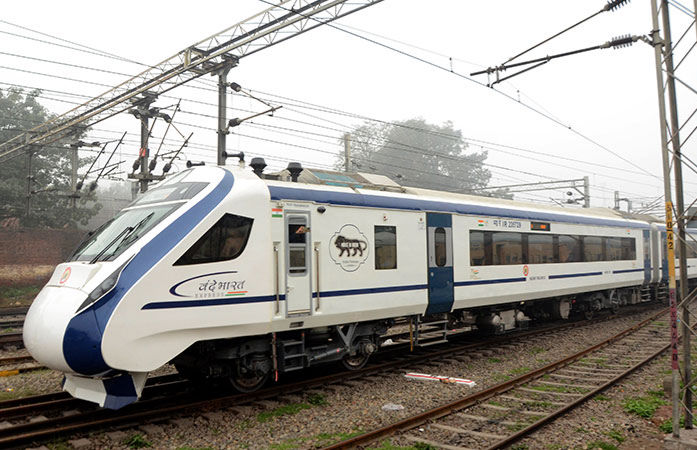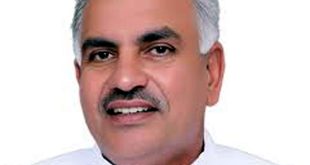
Mumbai-Ahmedabad Vande Bharat Train: Work has begun to speed up Indian Railways' 'Mission Raftar'. The first trial will be conducted on 9 August between Mumbai and Ahmedabad on Western Railway at the speed of 130 km per hour. Vande Bharat train with 20 coaches will be used in this trial, in which a team of Research Design and Standards Organization (RDSO) has reached Ahmedabad and equipment is being installed in the trial rack.
What is 'Mission Raftar'?
Five years ago, the 'Mission Raftaar' project was launched to run trains at a speed of 160 km per hour between Mumbai and Delhi. Work related to this project of 1,478 route km and Rs 8 thousand crore has been completed. According to an official associated with the mission, the first test will be at a speed of 130 km per hour, after which the test will be done at a speed of 160 km per hour in several phases and different sections.
Security fencing has been installed
To run the train at full speed, it is necessary to install fencing on both ends of the track on the entire route. The work of installing cattle fencing and wall fencing has almost been completed on about 50 percent of this route. According to sources, the country's first sleeper Vande Bharat is also likely to be run between Mumbai and Delhi.
The mark will be equipped with a shield
Indian Railways' 'Kavach' technology is being used on the entire route to increase the speed and safety of trains. A shielded train does not collide head-on. Because the train will automatically apply brakes before the collision. In December 2022, 735 km on Western Railway. 3 contracts were given to fit 'shield' in 90 engines, the work of which has been completed. This technology has been successfully tested on Western Railway. So far a test has been conducted on 62 km on Vadodara-Ahmedabad section, 40 km on Virar-Surat and 37 km on Vadodara-Ratlam-Nagda section
The target of the railway is 160 km per hour
At present, the average speed of trains in Indian Railways is 70 to 80 km per hour. Which has been increased to 160 km per hour. To increase the speed of trains, the railway has widened the base under the track, so that the speed remains constant. 2×25000-volt (two separate electric lines of 25 thousand volts) electric lines have been constructed on its entire route. 134 curves have been straightened in the Western Railway area of this project. 60 Km 90 UTS track is required for a speed of 160 km per hour, while most of the Indian Railways have 52 Km 90 UTS tracks. The project-wise track replacement work on the Mumbai-Delhi route has almost been completed. To increase the speed, the stone ballast padding under the track has been increased from 250 mm to 300 mm.
 look news india
look news india
